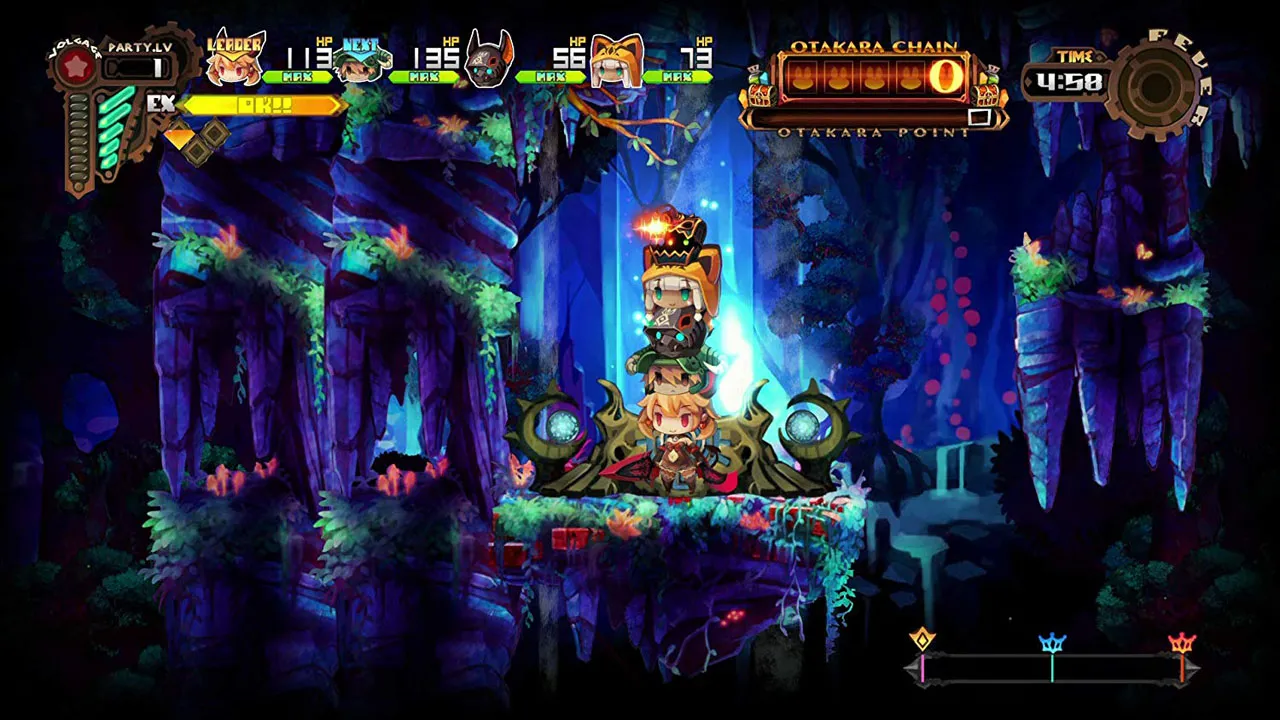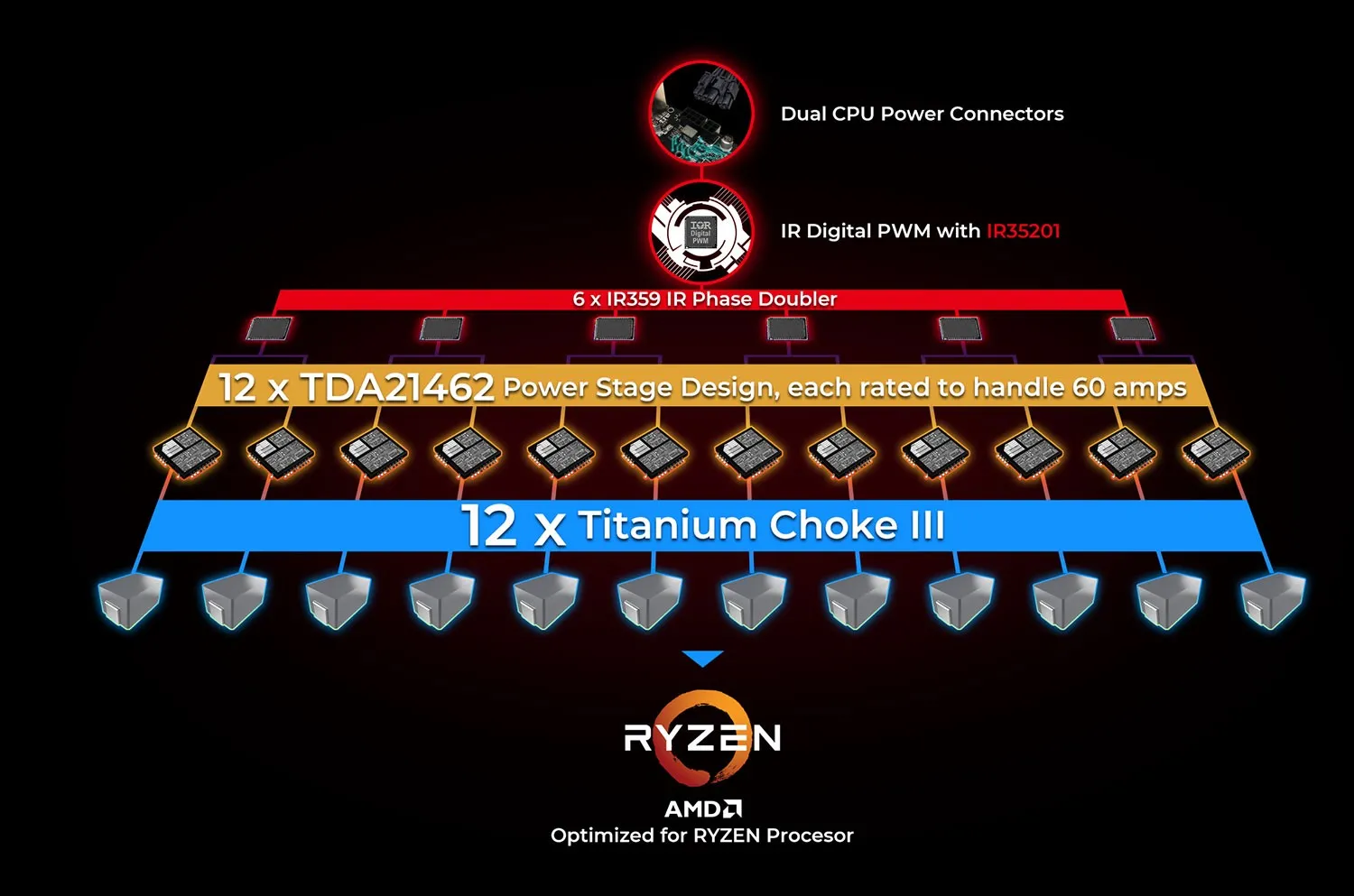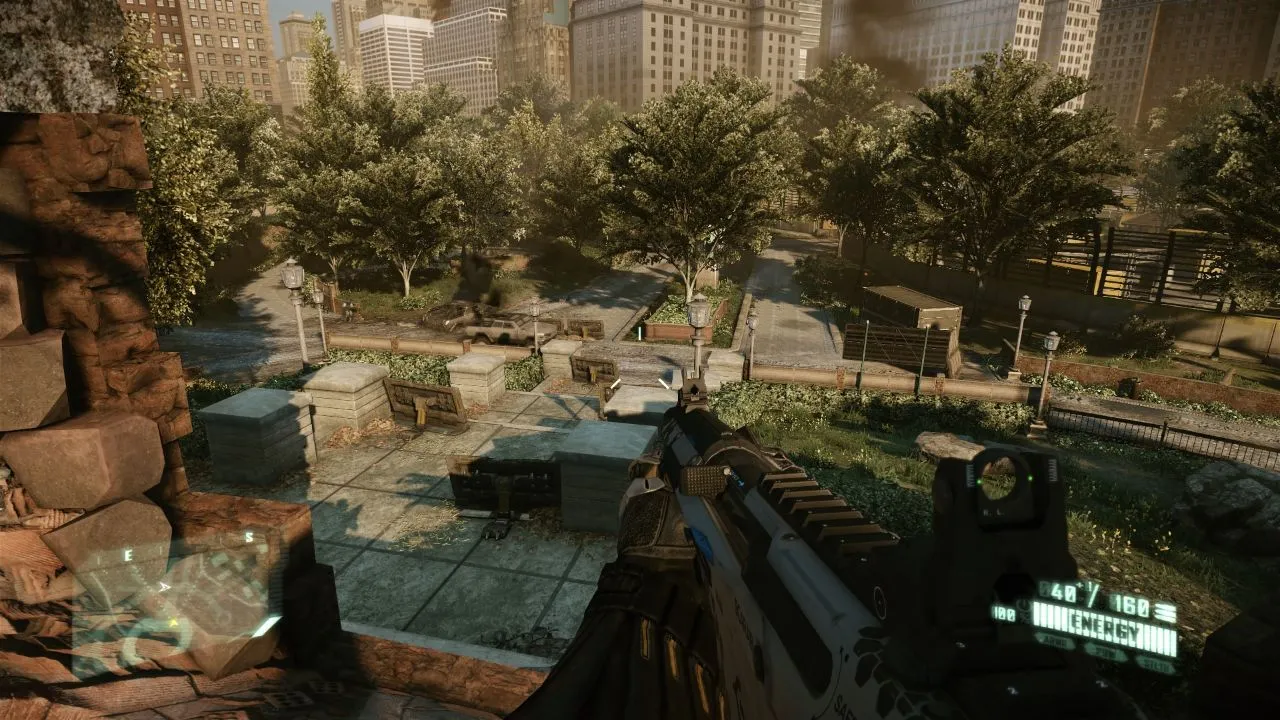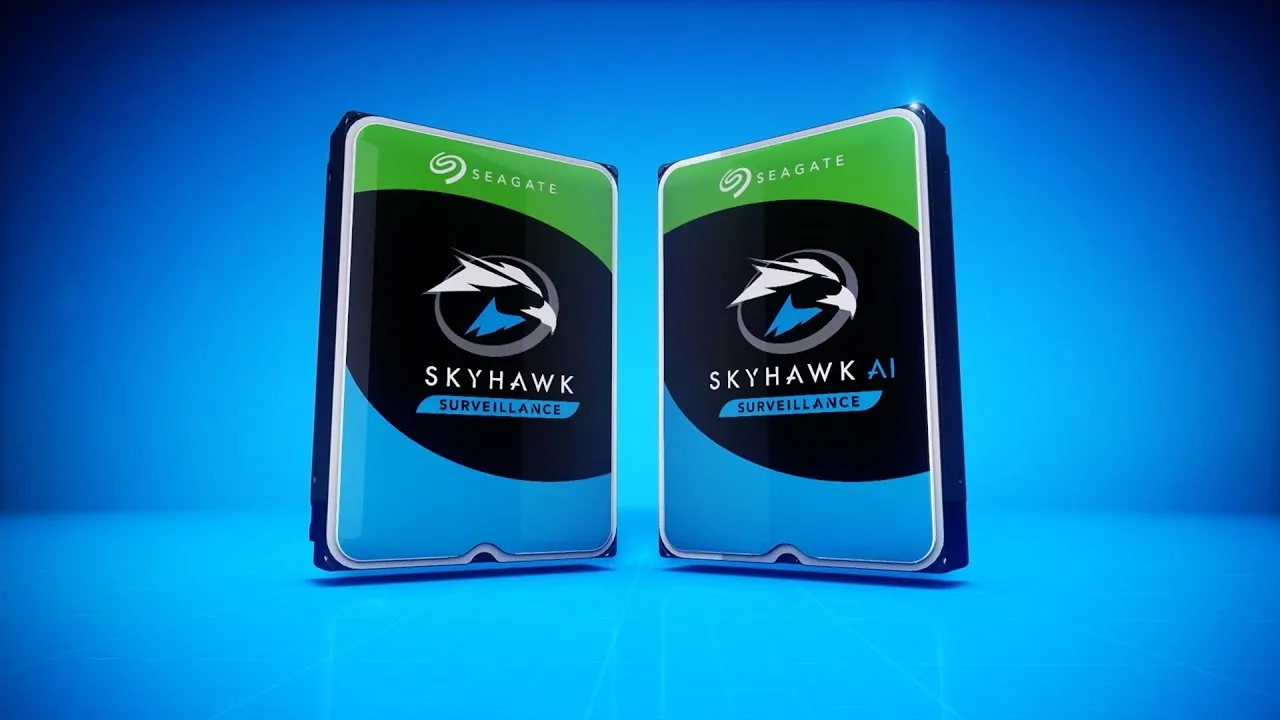
Lapis x Labyrinth: A Charmingly Chaotic Adventure
Contents
The world of video games has seen a vast array of graphical styles and character designs throughout its 40+ year history. From simple pixelated sprites to hyperrealistic 3D models, the visual landscape of gaming is incredibly diverse. Originating from Japan, a pioneer and leading force in the gaming industry, the “chibi” art style, characterized by its large-headed, adorable characters, has become a popular choice across various game genres. This style simplifies animation, particularly in 2D games, and enhances the characters’ inherent cuteness. Developed by Nippon Ichi Software (NIS), Lapis x Labyrinth is a charming title available on PlayStation 4 and Nintendo Switch. With its instantly appealing chibi characters, the game has garnered positive reviews from the global gaming community. Let’s delve into what makes Lapis x Labyrinth so captivating.
A Unique and Engaging Gameplay Experience
Lapis x Labyrinth is a 2D side-scrolling action RPG with platforming elements. Players assemble a team of four characters chosen from eight classic RPG classes: Shielder, Hunter, Gunner, Necromancer, Bishop, Witch, Destroyer, and Maid. Each character possesses unique abilities, attack ranges, and support skills, offering diverse playstyles. Combining basic and heavy attacks allows for endless combo possibilities, interspersed with powerful and strategic special moves.
The game’s most distinctive feature is its unique character stacking mechanic. Team members literally stack on top of each other, forming a “human tower” led by the character at the bottom. Players can seamlessly switch between characters mid-battle, adding a dynamic layer to combat.
This stacking mechanic isn’t just for show; it’s integral to the gameplay. In traditional platformers, jumping and navigating terrain can be challenging due to limited jump height and distance. Lapis x Labyrinth cleverly ties jumping to the stacked characters. Each jump “costs” one character, who falls from the stack (and automatically returns later). This mechanic allows for greater mobility and adds a humorous touch.
 Lapis x Labyrinth
Lapis x Labyrinth
Each level in Lapis x Labyrinth follows a simple structure: players must locate and destroy purple crystals to unlock the exit to the next stage. After clearing several stages, a boss battle ensues in a confined arena. The enemies are varied, requiring players to learn their attack patterns and weaknesses instead of simply button-mashing. Taking critical hits or excessively jumping while attacking can cause characters to fall from the stack, becoming vulnerable and losing health until rescued. This mechanic adds a layer of strategy and challenge to the combat.
To prevent monotony, Lapis x Labyrinth introduces two key features: Extra Order and Fever Mode. Extra Order unleashes a powerful all-out attack involving all four characters (or fewer if some are incapacitated). This move is not only devastatingly powerful but also visually chaotic and entertaining. Fever Mode grants temporary invincibility and causes a shower of colorful gems to erupt from enemies and objects upon impact, adding to the visual spectacle. These features inject excitement and visual flair into the gameplay.
 Lapis x Labyrinth
Lapis x Labyrinth
Visually Stunning Presentation
Even before experiencing the engaging gameplay, Lapis x Labyrinth captivates with its impressive visuals. The 2D graphics are remarkably detailed and polished. Nippon Ichi Software’s artists have crafted striking character designs, each exuding personality and reflecting their respective playstyles. The 2D models used for animation retain the characters’ essence despite being simplified for smoother movement. The game even offers various hairstyles and outfit colors for further customization.
The enemy designs are equally impressive, ranging from classic slimes to menacing spiders and armored knights, all rendered in the game’s signature chibi style. A comprehensive in-game encyclopedia allows players to admire the monsters they’ve encountered.
 Lapis x Labyrinth
Lapis x Labyrinth
The backgrounds and interactive elements are also meticulously crafted. From charming towns with quaint houses and vine-covered walls to lush forests and majestic mountains, every detail is rendered with impressive care.
The animation quality further enhances the fast-paced combat. Each character’s attacks, from the Destroyer’s powerful strikes to the Shielder’s shield bashes, the Gunner’s rapid gunfire, and the Witch’s elemental spells, are visually satisfying and convey the game’s energetic and chaotic nature.
Lingering Issues
Despite its strengths, Lapis x Labyrinth isn’t without its flaws. The most prominent issue is the linearity and repetitiveness of the gameplay. With a minimal story and lack of compelling narrative drive, the game can become predictable after a few hours. The gameplay loop revolves around accepting quests, battling through stages, defeating bosses, collecting rewards, and repeating.
 Lapis x Labyrinth
Lapis x Labyrinth
The game’s difficulty is relatively low, designed primarily for stress-relieving, button-mashing action. While occasional character deaths or game overs might occur, they’re usually due to reckless play rather than genuine challenge. Consequently, the need for strategic play or character progression through equipment upgrades feels less crucial.
While the game features a deep equipment system with various crafting and upgrade options, the impact of these upgrades isn’t always apparent. The complex and somewhat convoluted equipment management system can discourage players from engaging with it, especially since the game’s difficulty doesn’t necessitate min-maxing.
Conclusion
Lapis x Labyrinth shines with its charming art style, unique stacking mechanic, and satisfyingly chaotic combat. However, the repetitive gameplay and lack of narrative depth might not appeal to players seeking a more substantial experience. Despite its shortcomings, the game offers a delightful and visually stunning adventure for those looking for lighthearted action and a healthy dose of chibi charm.





Comments (0)